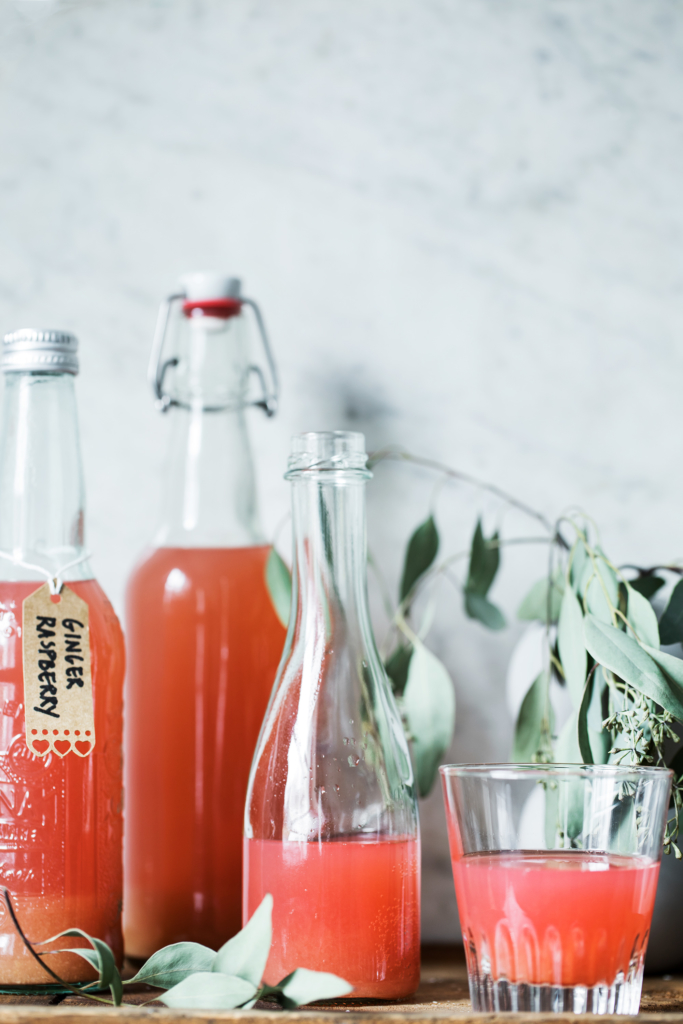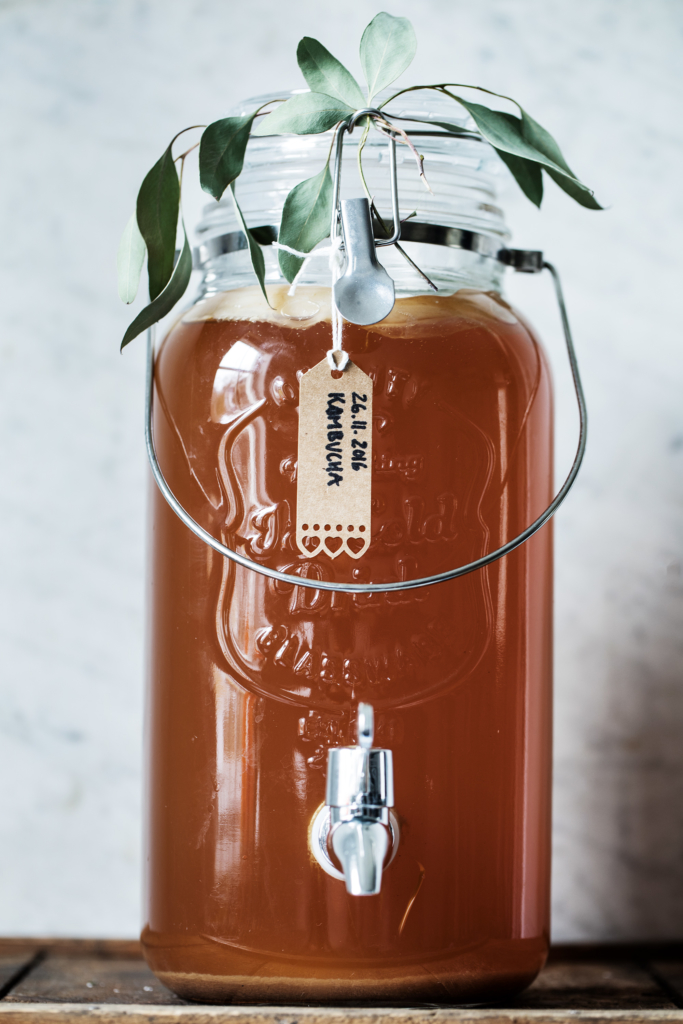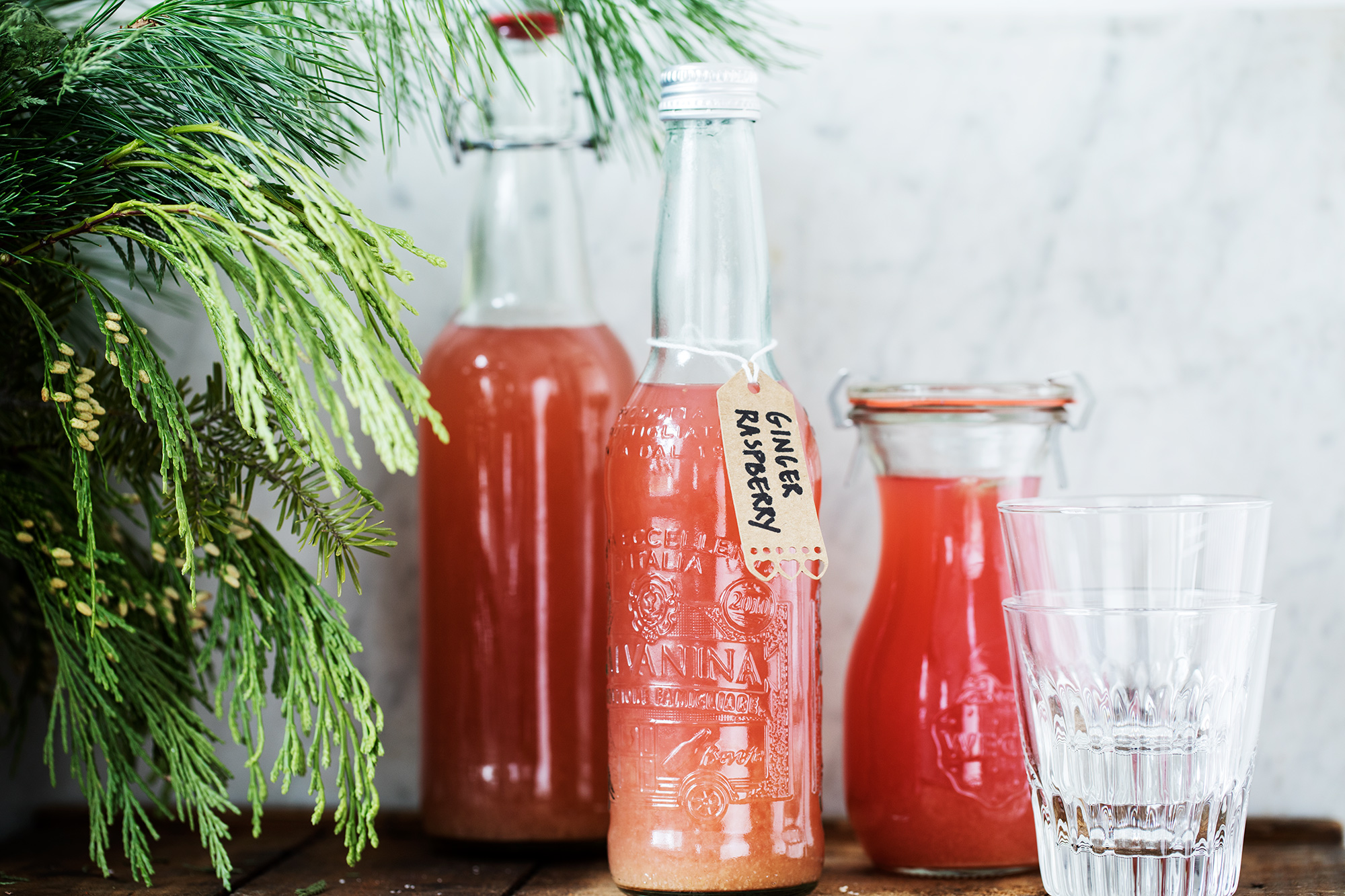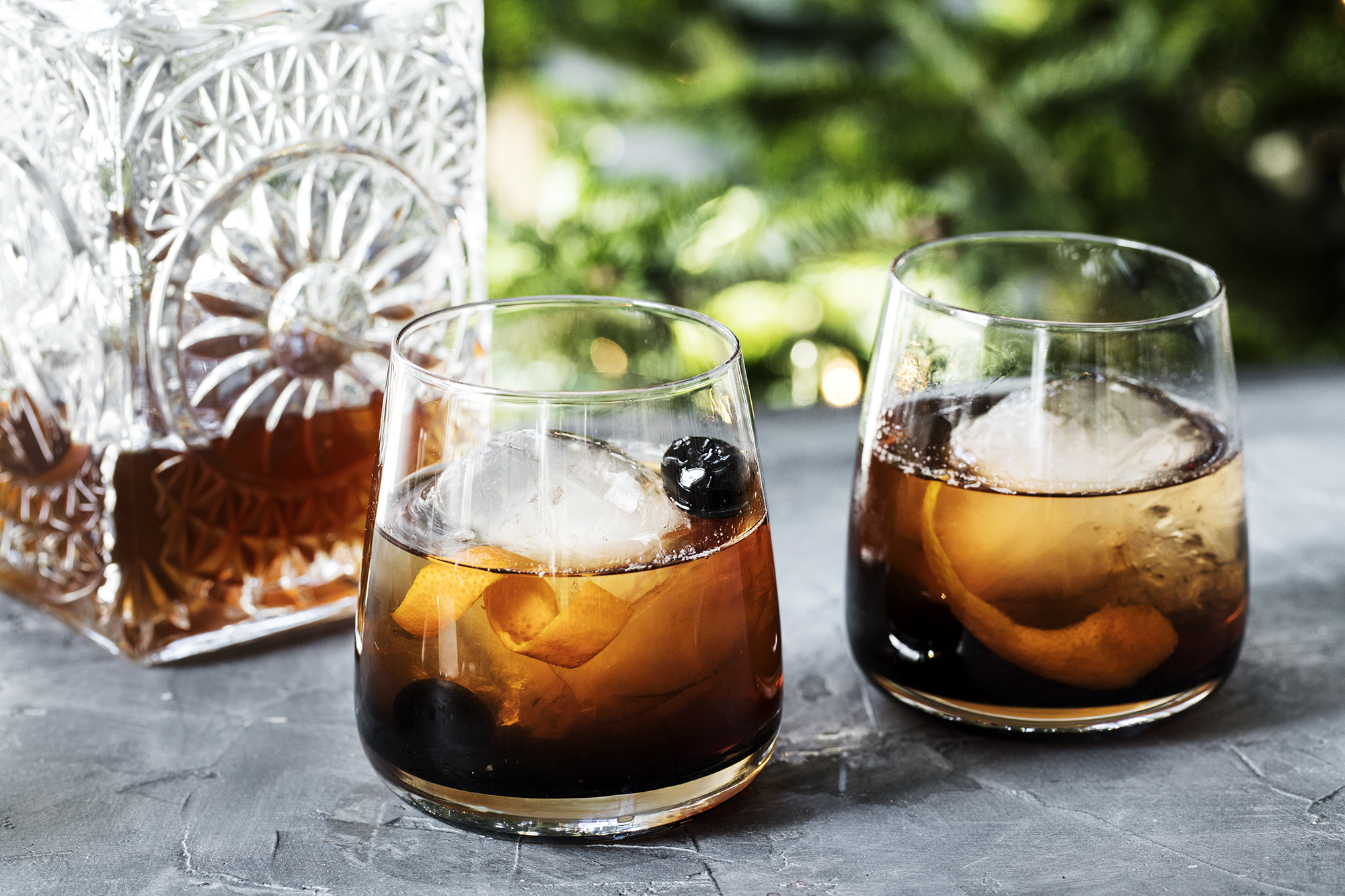What is Kombucha? Fermented Sweet Tea is the short answer to that question.
Kombucha is brewed by fermenting sweet tea using a Scoby (see explanation further down) and tastes like something between sparkling apple cider, champagne, and vinegar, depending on what kind of tea you use and how long you ferment it.
Making your own kombucha is so worth it and once you get started, you can’t stop and it’s hard to go back to store bought goodies. There is something so satisfying about opening a homebrew and hearing the carbonation fizz.

My dear friend, Ditte Ingemann who is a spectacular cookbook author and the lady behind the Danish site The Food Club is the one who has taught me all I know about fermenting and making kombucha.
She has a wonderful book out in Danish, Fermentering, and there you can get simple guides and amazing recipes for fermented goodies.
Kombucha is for sure “in fashion” at the moment but it is far from a new phenomenon. It originated in China around 220 BCE and in Chinese, Japanese, Vietnamese and Russian the name Kombucha translates to “tea fungus” or “tea mushroom.”
In the late 80′ and early 90’s my grandmother used to keep a big bucket of “mushroom tea”, as she called it, in the basement. She would have a cup every day and swore by how helpful it was with her digestion.
My family might have made fun of her at the time, but if she was alive she would be the one laughing today.
Kombucha is supposed to be good for all kinds of things; reversal of gray hair, stimulation of the immune system and boosting the sex drive. I don’t know if any of that is true but homebrewed Kombucha sure does taste delicious and it’s definitely good for the digestion – my grandma was totally right about that.

What is a Scoby
Scoby stands for ‘Symbiotic Colony of Bacteria and Yeast’.
It is a rubbery pancake-like disk made of mixed cultures and is the living home for bacteria and yeast. The Scoby floats on top of the brewing kombucha and transforms the sweet tea into tangy, fizzy drink. It also protects the kombucha from unwanted bacteria while fermenting.
How to grow a Scoby
Have you ever bought a bottle of kombucha with a little blobby thing inside? Well, that’s actually a tiny, scoby that you can grow into a larger one and use for brewing Kombucha.
For growing a large scoby, you simply start a kombucha recipe (combining tea, sugar, and some pre-made unflavored kombucha) and if you keep your brew at an average room temperature of about 21°C (70°F) and you will have a new and active scoby in roughly 2 to 4 weeks depending on the temperature of your kitchen.
This also explains why you often get a new scoby in your jars after canning fully fermented kombucha. You can discard them or start a Kombucha factory 😉
Where to get a ready-to-use Scoby

Recipe: Kombucha with Ginger and Raspebrry
Makes 3 L (3/4 gal)You can easily make a smaller or larger batch, just keep the proportions of the ingredients right.
Ingredients
- 10 g White Tea Leaves (5 tea bags)
- 3 L (3/4 Gal) Water
- 200 g (7 oz) Sugar
- 2,5 dl (1 cup) Kombucha (non flavored) store bought or from your last batch of brewing
- 1 Scoby
- Thumb sized piece of Ginger
- 125-150 g (4-5oz) Raspberries
- 1 dl (1/2 cup) Clementine Juice
Directions
- Brew the 10 g of tea leaves in 3 L (3/4 gal) of boiling water for approximately 20 minutes
- Strain and then stir in the sugar. Let cool completely.
- If you are not brewing your tea in the container you want to ferment the kombucha in, now is the time to transfer it over. Add the non-flavored kombucha, stir and place the scoby on top.
- Let the kombucha ferment for 5-8 days at room temp but preferably in a dark place. Start tasting on day 5 and let ferment until it is tangy and you might find a little carbonation happening. I ferment mine for 7 days.
- Now you can tap your kombucha to jars/bottles or add flavor to it. Make sure to leave the scoby and 1 cup of kombucha if you want to keep brewing
- In a pot mix together clementine juice, raspberries and grated ginger. Bring to simmer and then let steep for 10 minutes. Strain and divide liquid between jars/bottles of kombucha.
- Close the jars/bottles and let stand at room temp for 2 days. This will make the kombucha carbonate.
- After the two days you can place them in the fridge.

